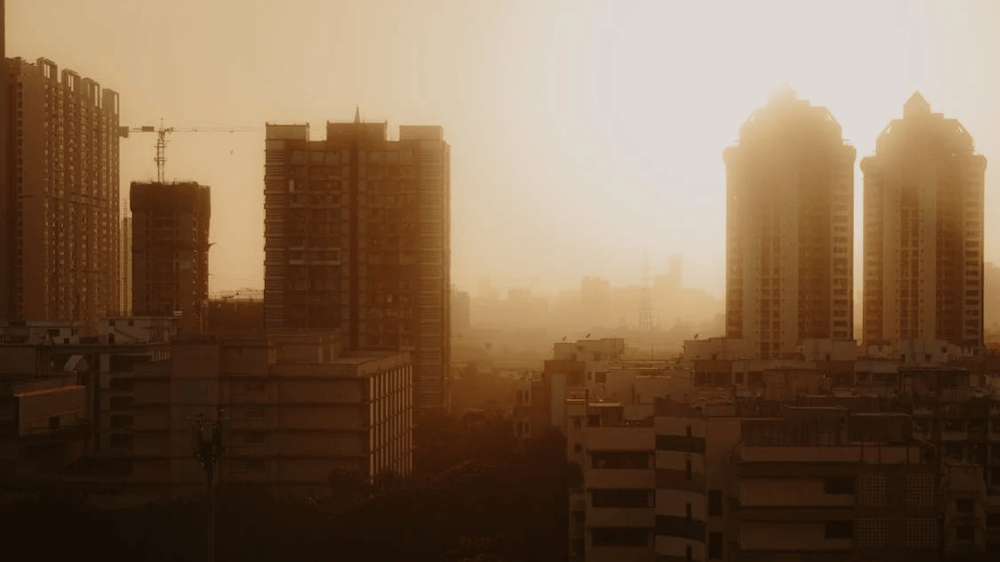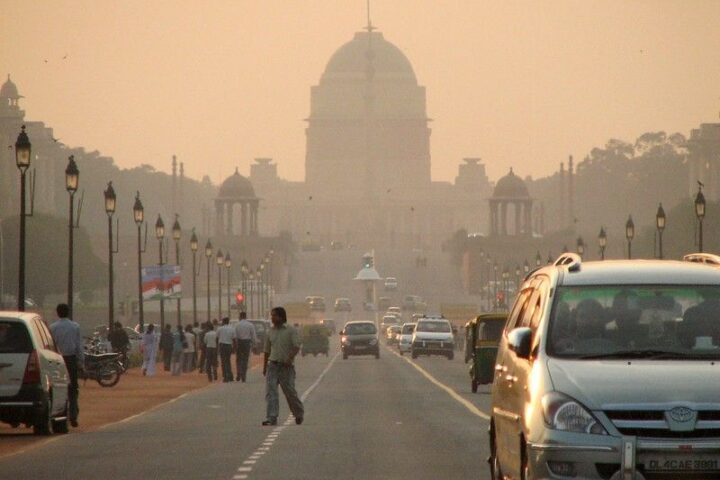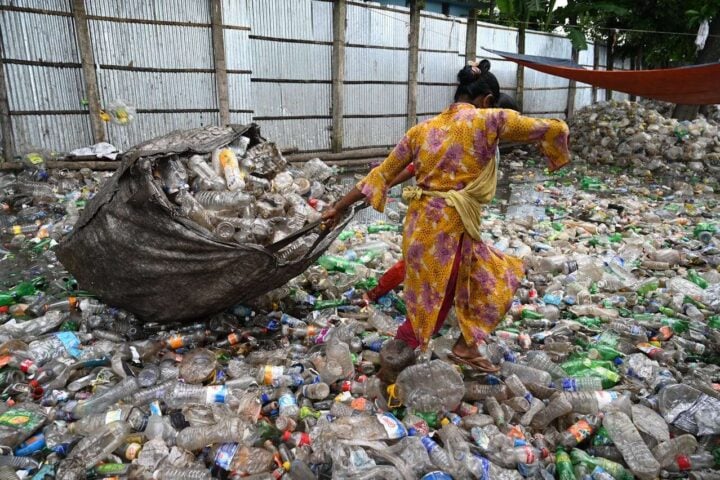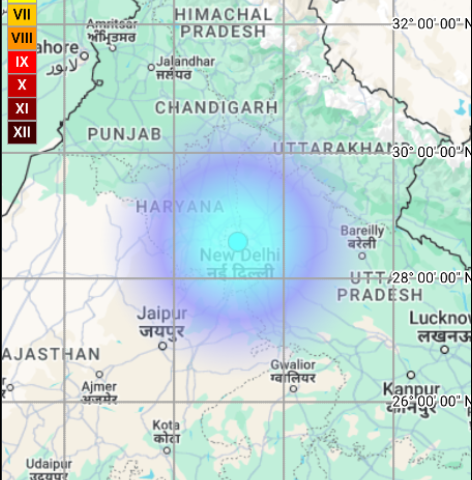4 in 10 Residents in Delhi and Mumbai seek medical attention for health issues related to air pollution every few years,” the survey added. Pristyn Care, a healthcare provider, conducted a survey involving 4,000 participants residing in Delhi, Mumbai, and the surrounding regions. The results showed that 90% of respondents were suffering from prevalent symptoms associated with the declining air Quality Index—persistent coughing, shortness of breath, wheezing, or sore throat.
In the January-March quarter, Mumbai’s air quality consistently worsened, with PM 2.5 levels increasing from 50.2 in 2019 to 80.6 in 2023—a significant 60.5% jump. During the October to December season of 2022, the average PM 2.5 concentration in the air increased compared to the same period in 2021, but was slightly lower than that of 2020.
According to the Central Pollution Control Board, Delhi’s Air Quality Index (AQI) reached the very poor category in multiple areas. The official data recorded at 7.00 am revealed an AQI of 340 in Anand Vihar, 315 in Ashok Vihar, 307 in ITO Delhi, and 332 in Jahangirpuri. Delhi’s AQI was categorized as ‘poor’ over the past few weeks; the capital city has been grappling with air quality ranging from severe to very poor. Currently, these ‘pollution refugees’ come from the privileged class of the educated and aware. But as awareness grows and people connect the dots around the health harm pollutants trigger—in this case, the human cost of air pollution—the country will see a greater migration from extremely high to relatively low pollution areas, says Jyoti Pande Lavakare.
There are enough reports to show that lower levels of air pollution still trigger diseases and disabilities. Experts speak in one voice when they say, “There are no safe levels of air pollution,” whether it is the World Health Organization, the National Institute Of Health, The American Journal of Respiratory and Critical Care Medicine, or others. Very simply put, it is the difference between smoking 2 cigarettes or 20. Both harm our health, but smoking two will harm relatively less than smoking 20 cigarettes.
As far as 25 years back, a study by doctors had shown that high episodic air pollution increased cardiovascular and respiratory events, leading to higher emergency room visits at AIIMS.
Similar Posts
Various initiatives undertaken by the government for the mitigation of air pollution include:
- The central government has launched the National Clean Air Program under the central sector control of pollution.
- The central government has notified a comprehensive action plan in 2018 for the prevention of air pollution.
- The Graded Response Action Plan (GRAP) was notified on January 12, 2017, for the prevention, control, and abatement of air pollution in Delhi and NCR.
Tips to protect against air pollution in Delhi-NCR:
- Close windows: On days with poor air quality, keep doors and windows closed to limit indoor pollution.
- Use N95 mask: If you need to go outside, consider wearing an N95 mask to protect against fine airborne particles.
- Take a shower: Shower after being outdoors to remove pollutants from your skin and hair.
- Stay indoors: Limit your time outdoors and seek well-ventilated areas. Avoid outside exercise, check the daily forecast, and use camphor to maintain indoor air quality.


















